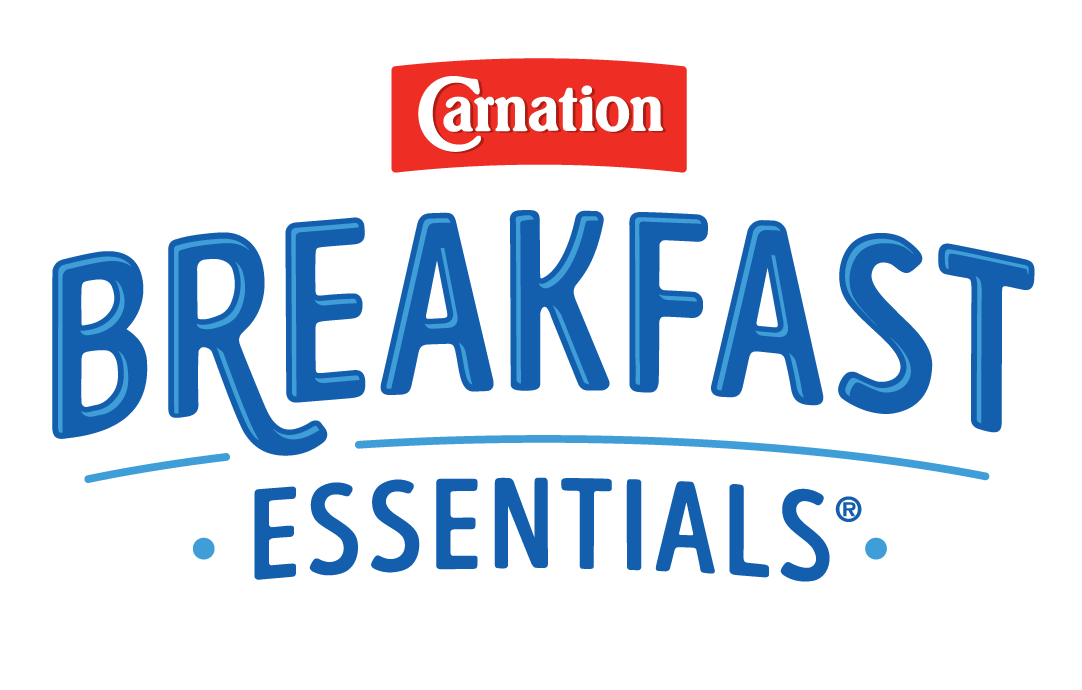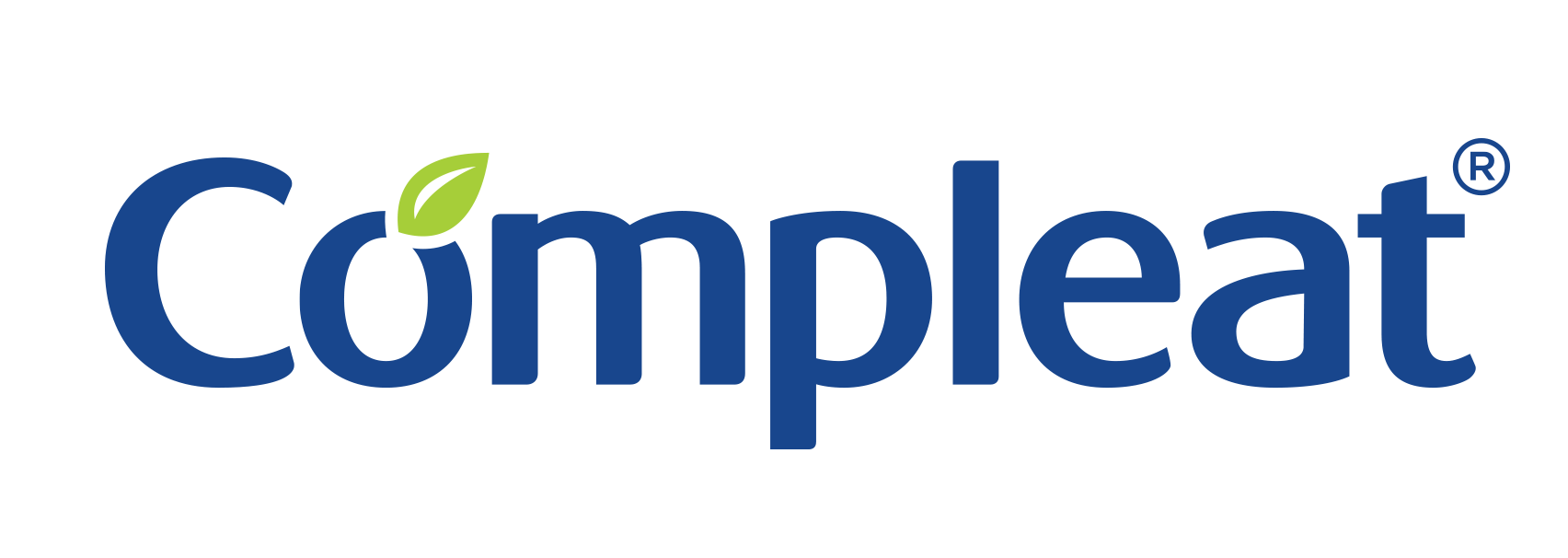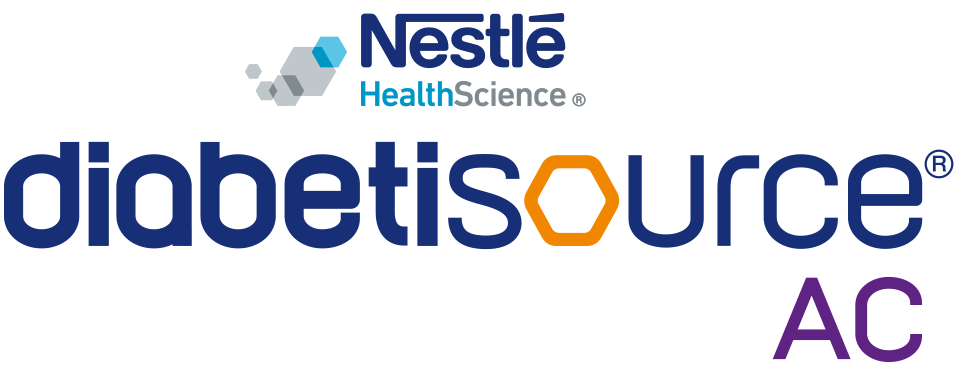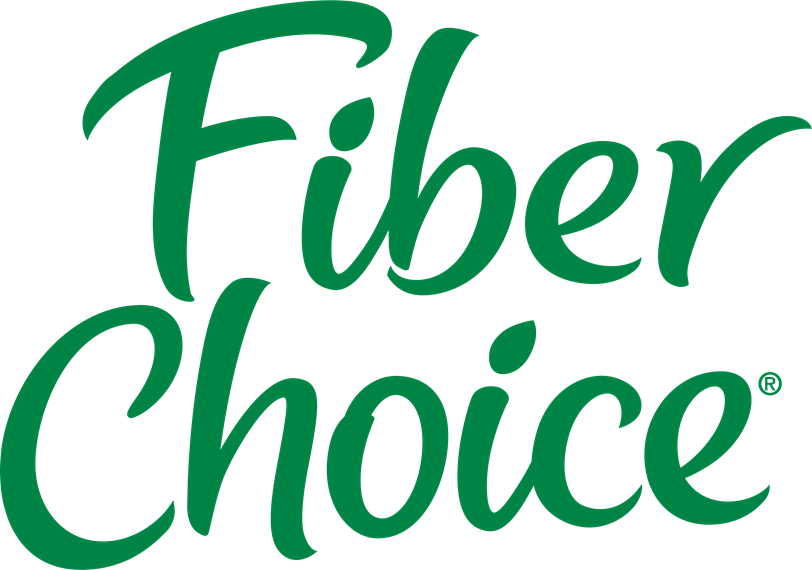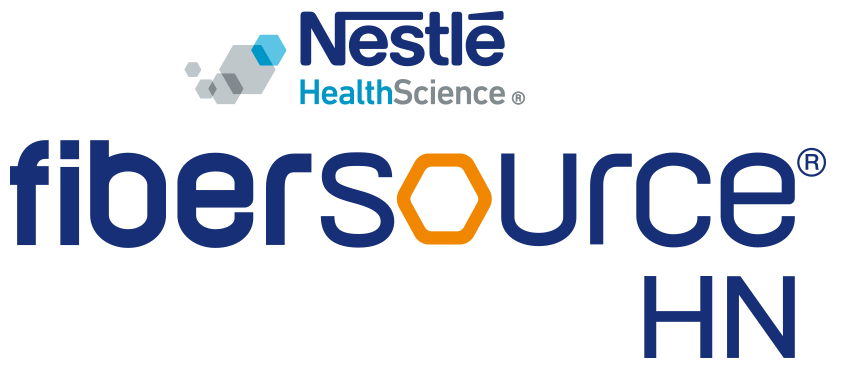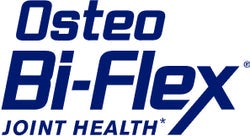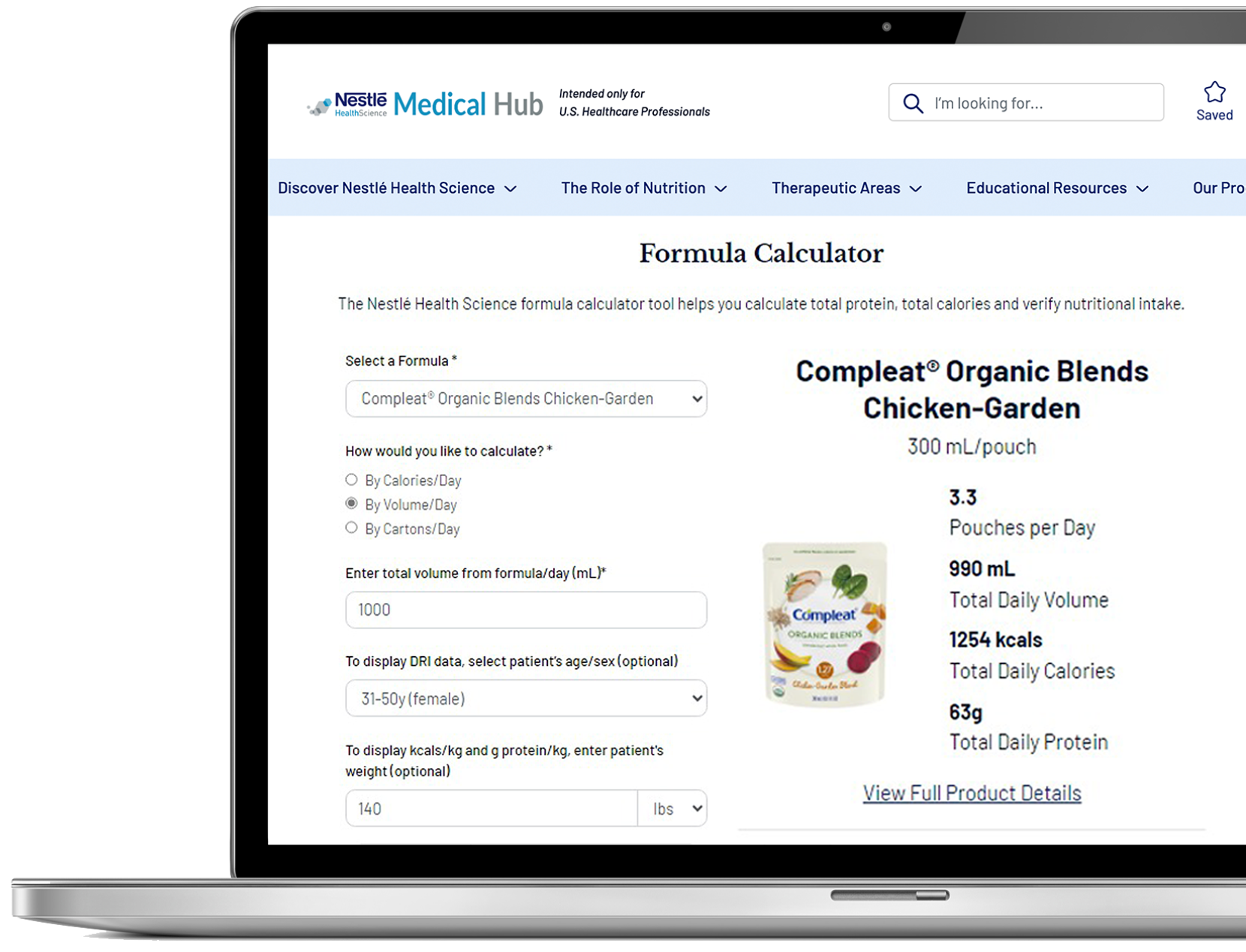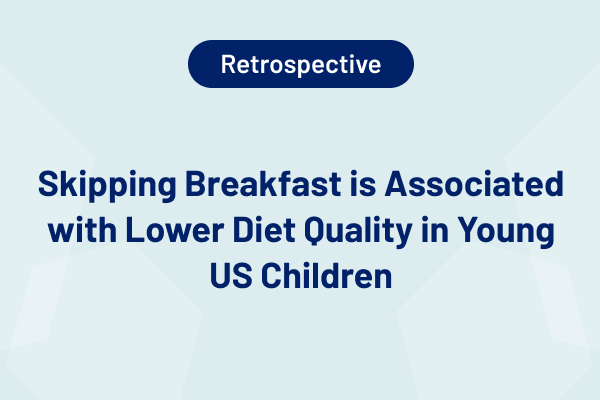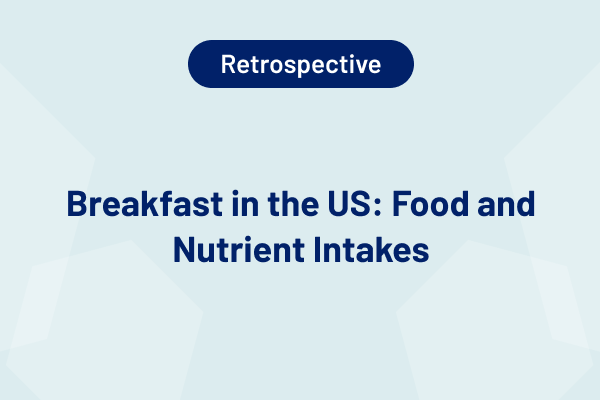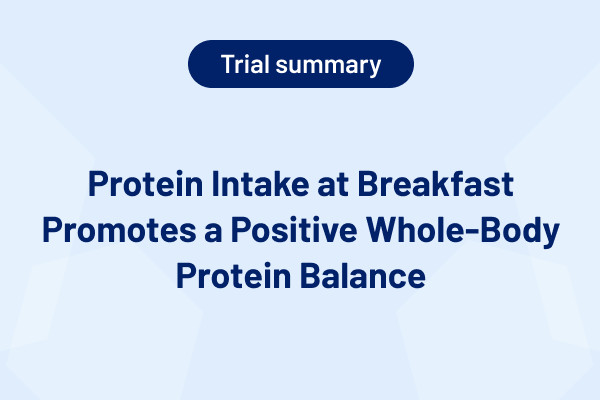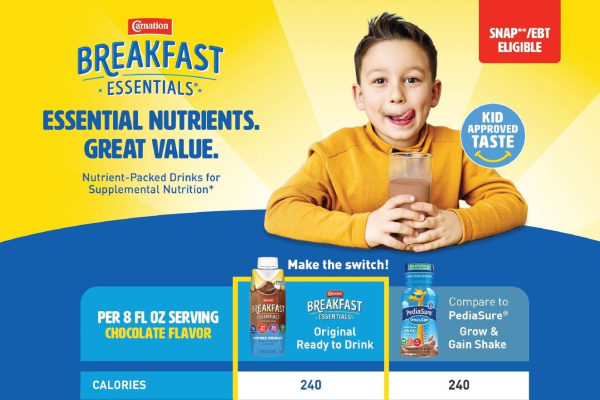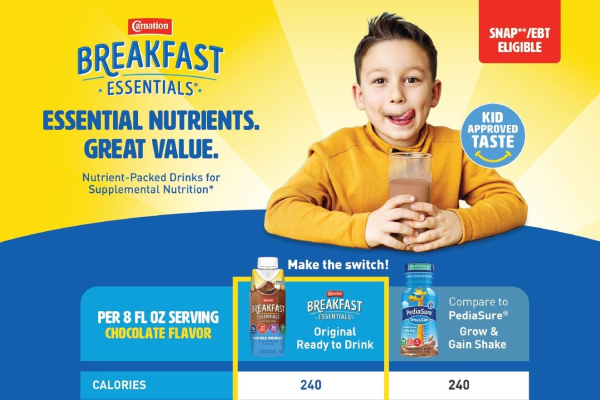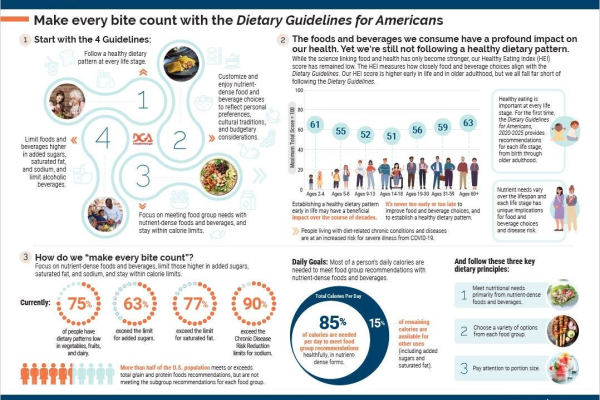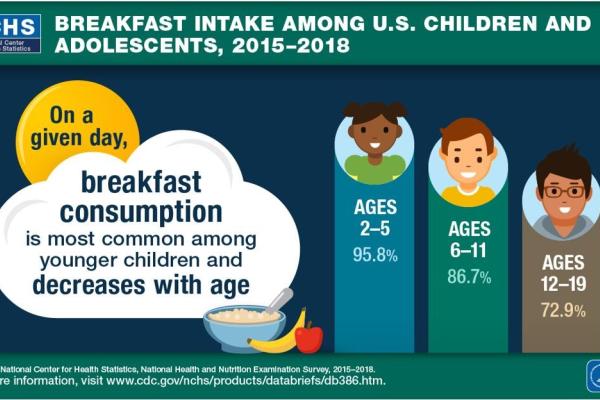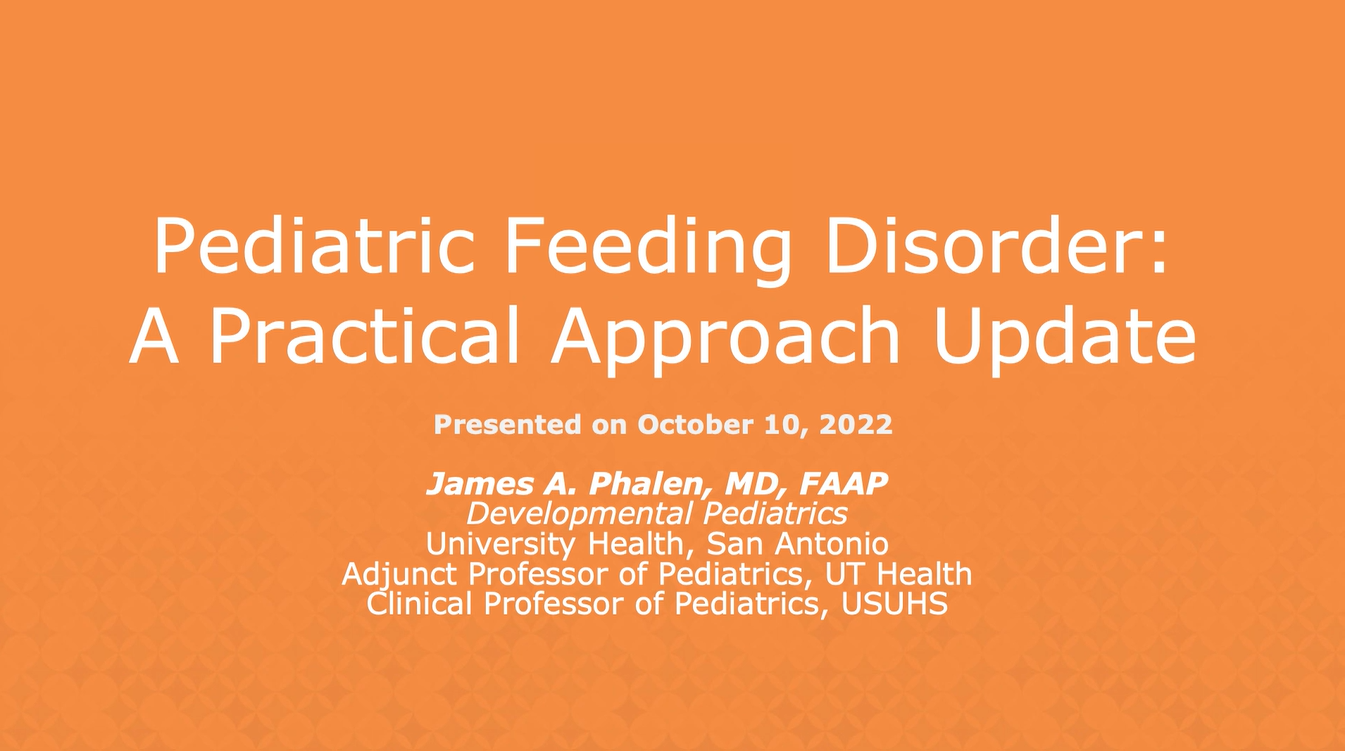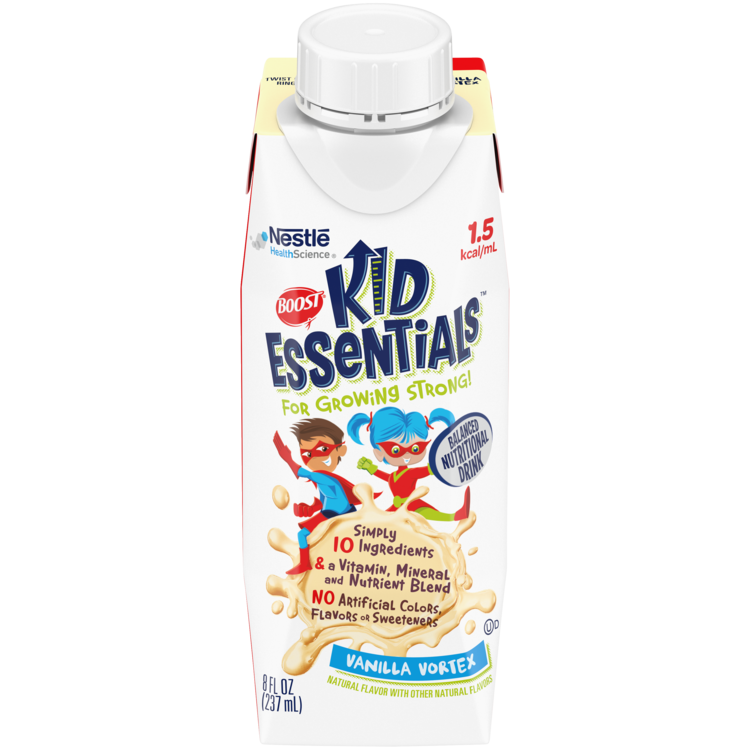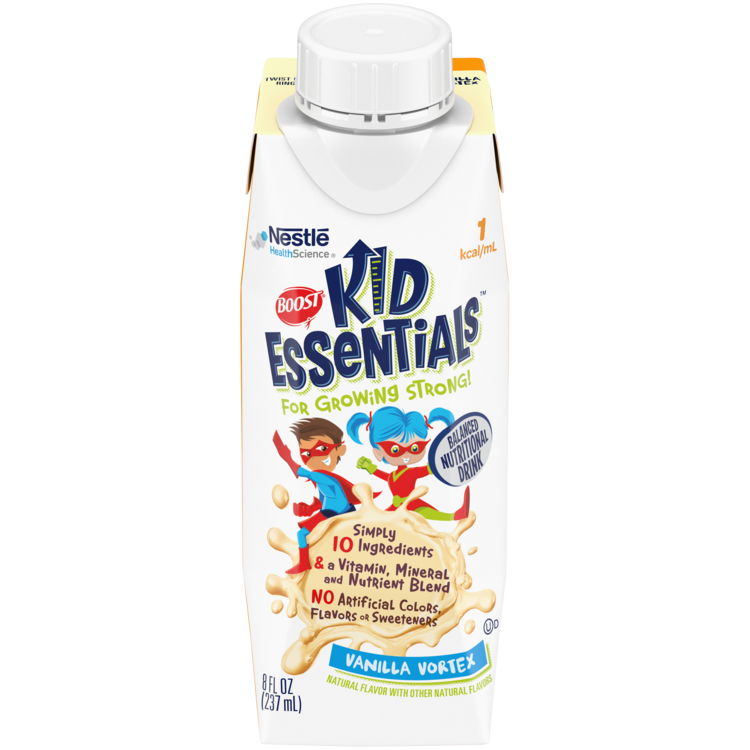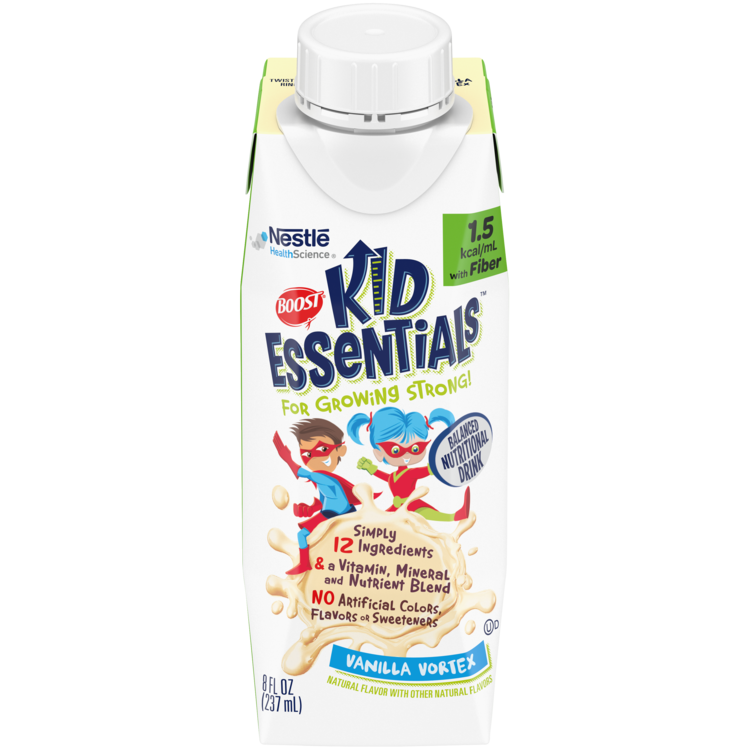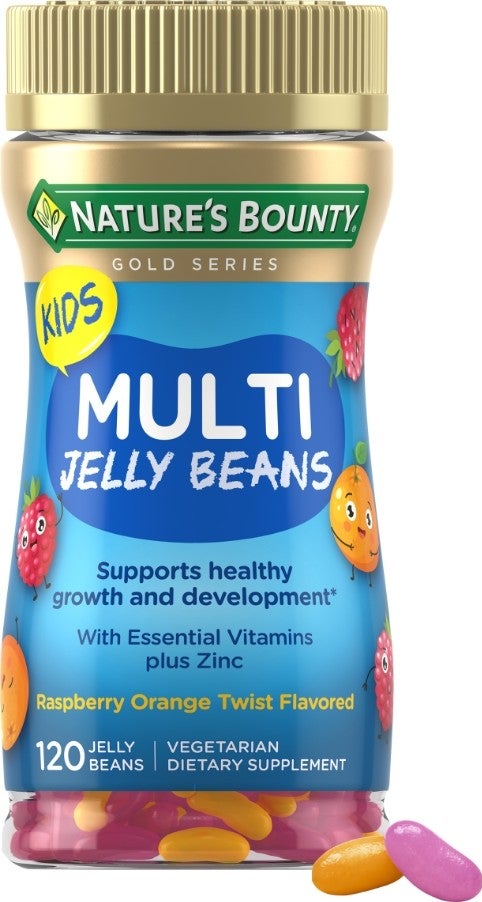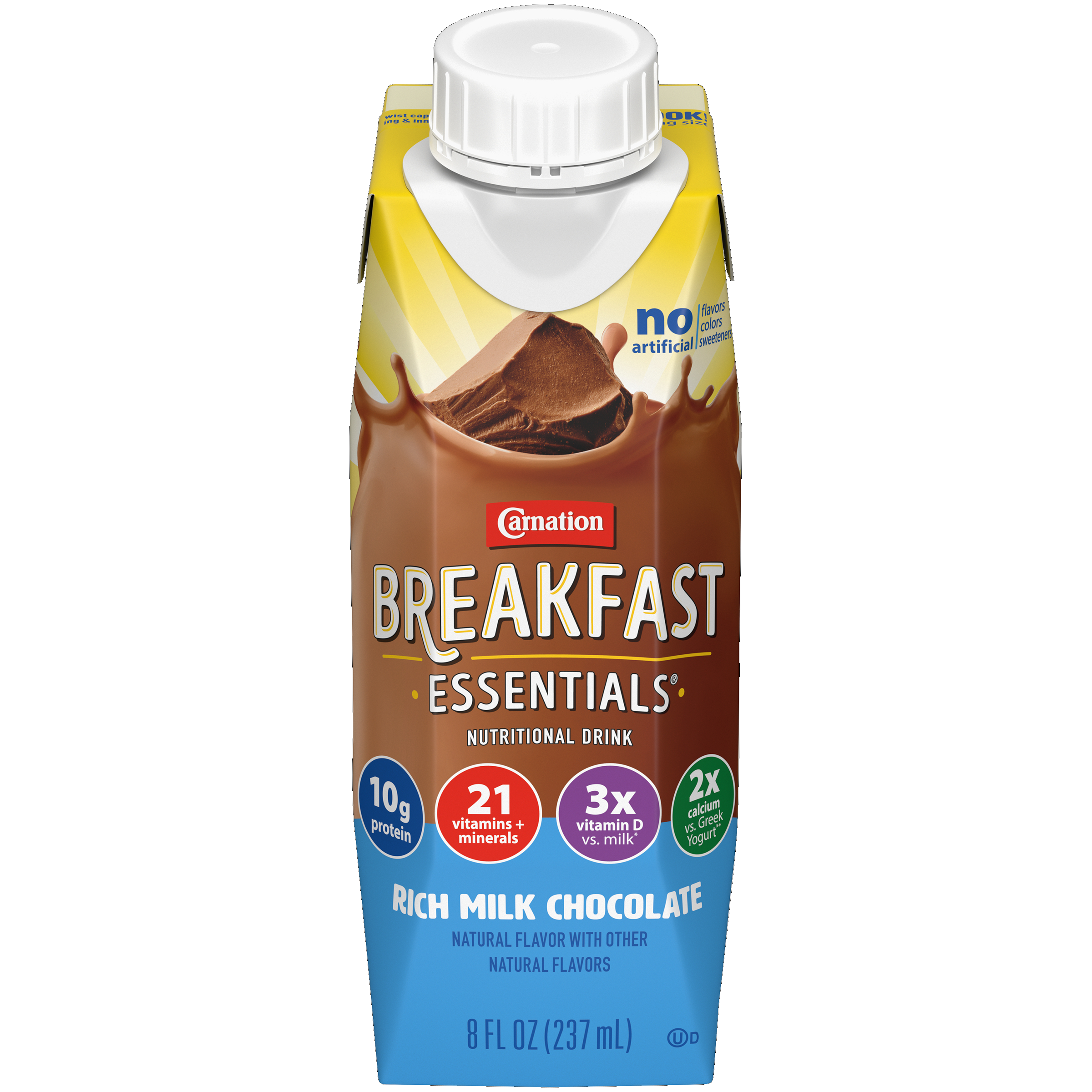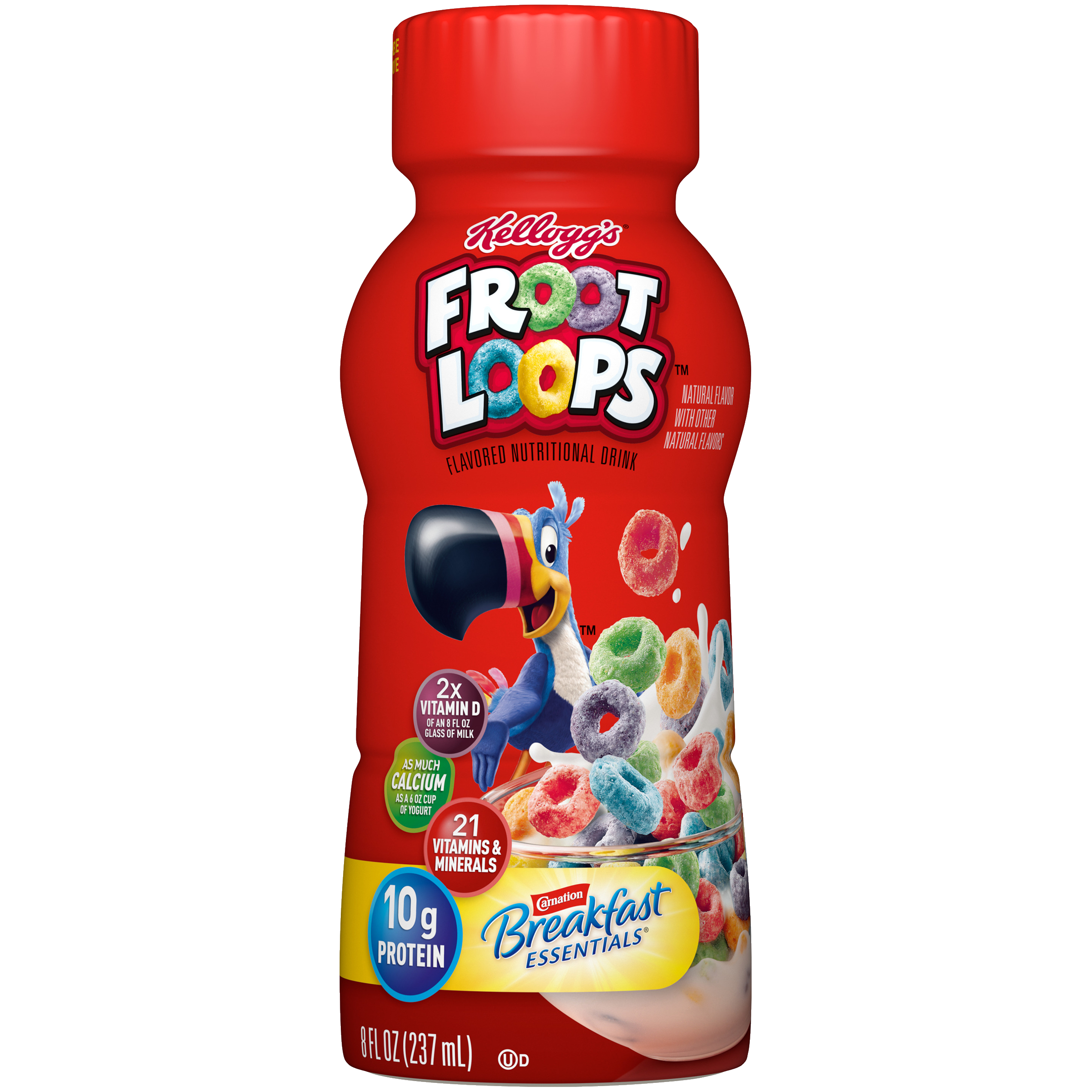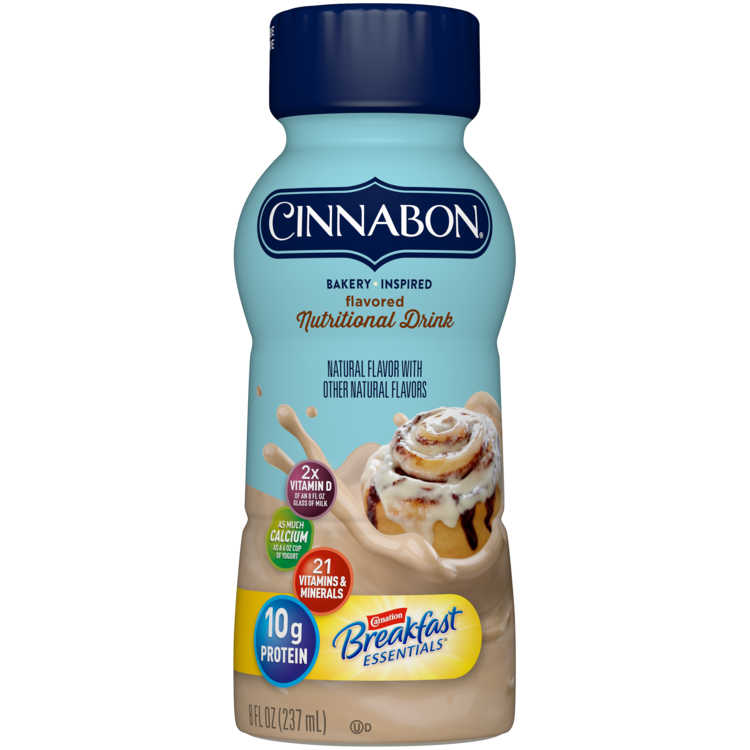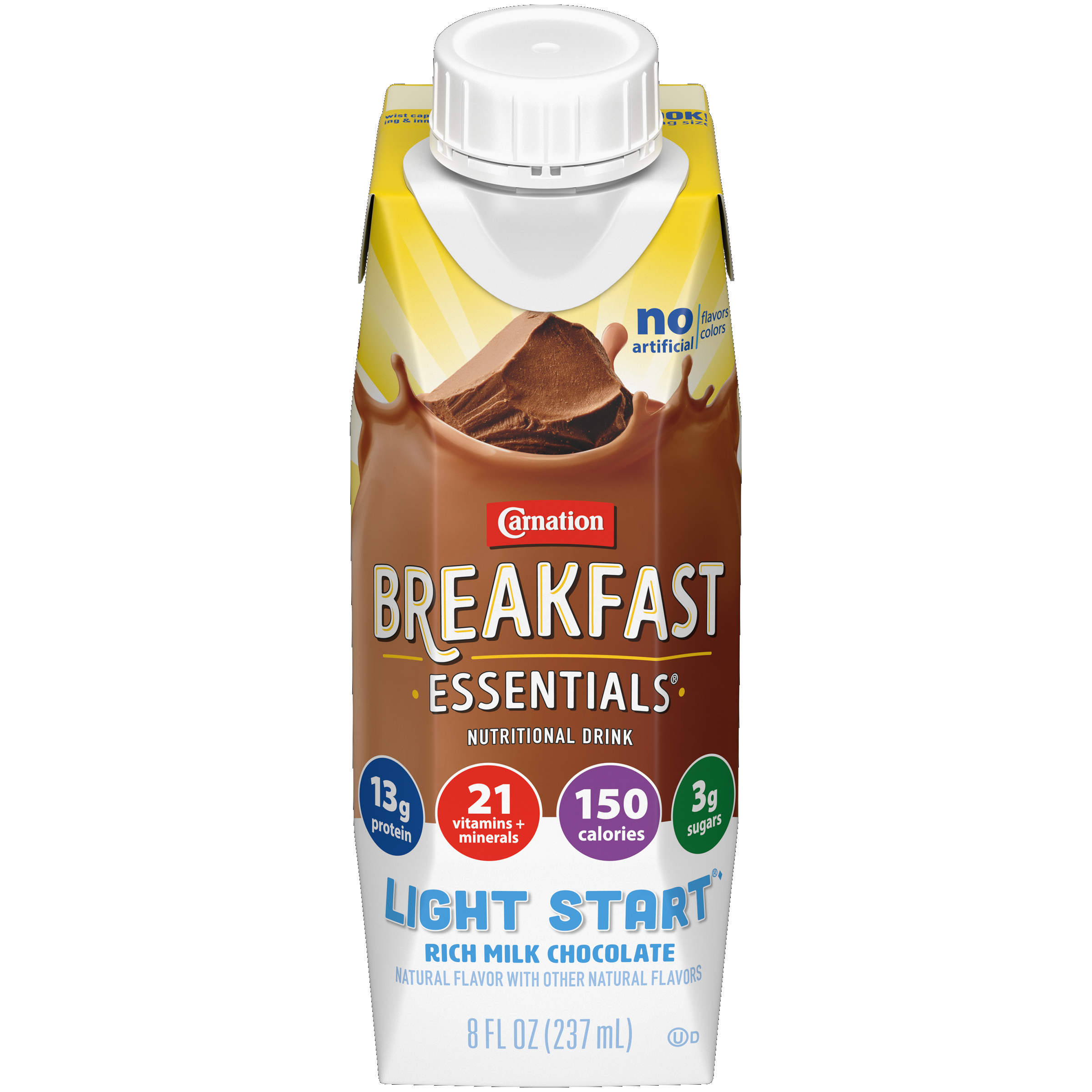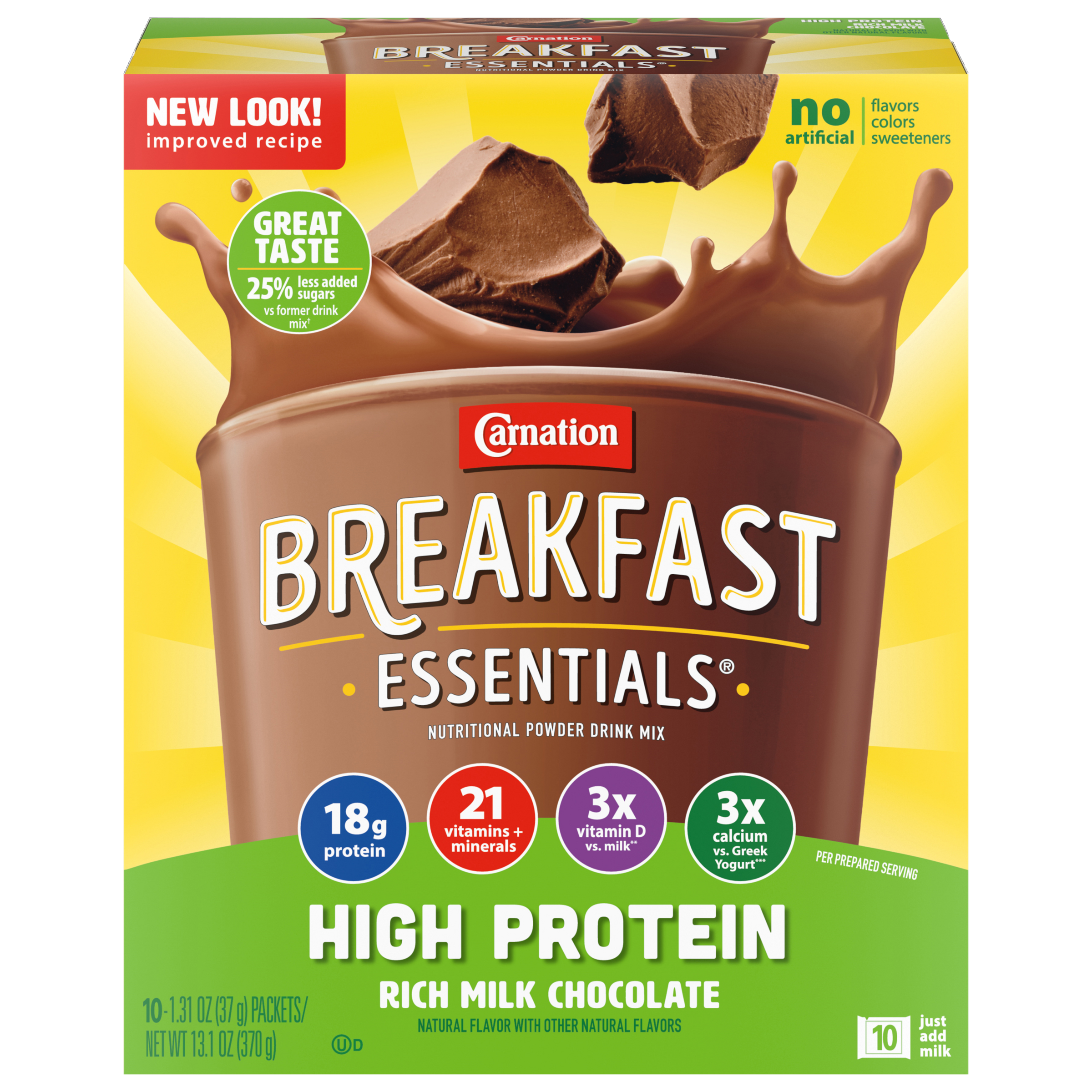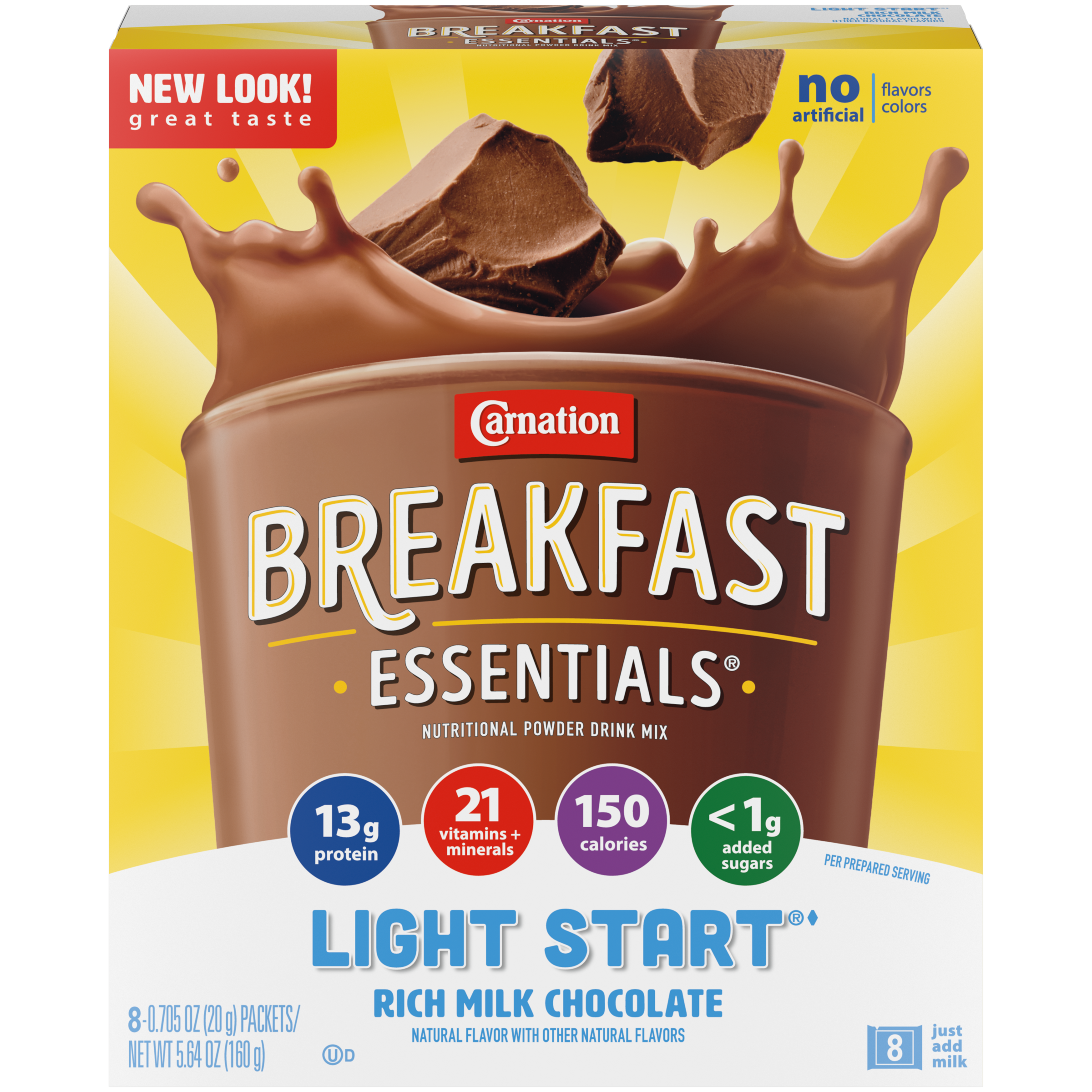About Healthy Growing
Establishing healthy dietary patterns early in life can provide children with the foundation they need to support healthy growth and development. The diet quality of the average child, however, falls far short of specific nutrient needs based on the Dietary Guidelines for Americans.
In fact, on the Health Eating Index (HEI)* Scale of zero to 100, U.S. toddlers between the ages of two and four score an average diet quality score of 61 points. By age 14-18 years, that HEI score drops to 51.1
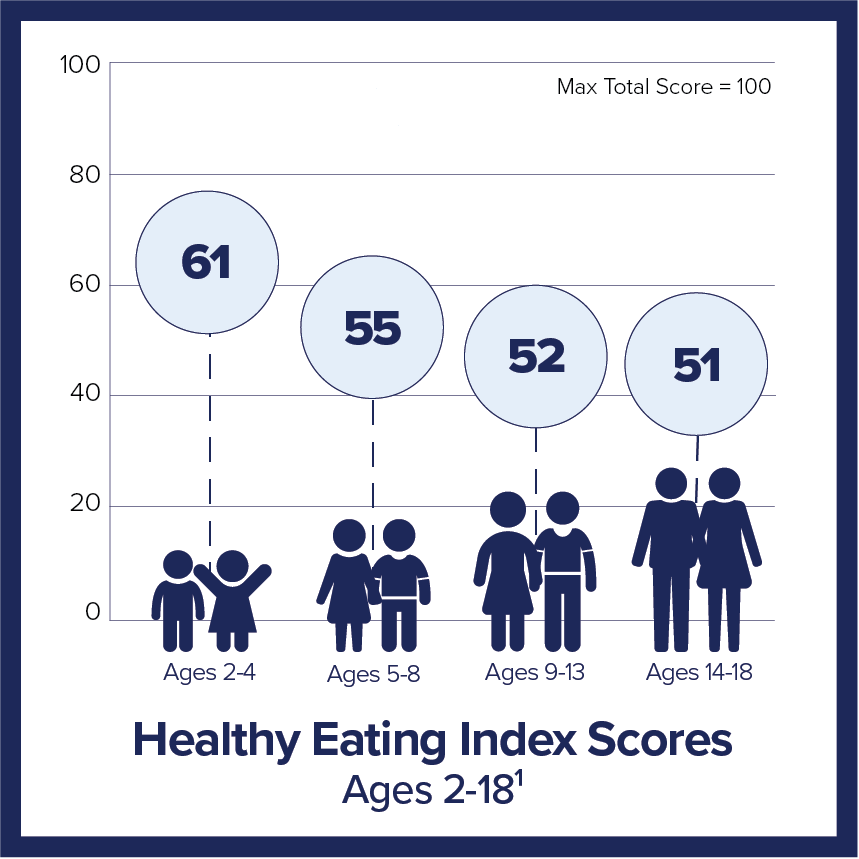
Childhood and adolescence are stages of life defined by a rapid pace of both physiological and cognitive growth and development. The brain, musculoskeletal and cardiovascular systems undergo significant development during this time, and peak bone mass is achieved, laying the foundation for lifelong bone health.
This time of intense metabolic activity requires adequate energy, macro- and micronutrients., and nurturing this transformative journey requires a fundamental commitment to good nutrition. In fact, optimal child nutrition is linked to a spectrum of benefits throughout the life course, including better cognitive, motor and socioemotional development; school performance and learning capacity; and reduced childhood morbidity and mortality.2
Establishing healthy eating habits in younger years can also set the stage for a healthier adulthood. Through late childhood and early adolescence, nutrition has a direct role in shaping body weight and composition as well as risk of non-communicable diseases in later life.3 For children who struggle to meet nutrient needs through diet alone, dietary supplements or nutritional drinks designed to provide nutrients kids need can help.
* The Healthy Eating Index is a measure of diet quality that can be used to assess compliance with the Dietary Guidelines. A score of 100 indicates that recommendations on average were met or exceeded. A higher total score indicates a higher quality diet.
Nutrition & Healthy Growing
Nutrition and Healthy Growth
Growing bodies require essential nutrients to grow and thrive, from calories and protein to calcium, vitamin D, and iron, to name a few. Adequate nutrition is essential to support healthy teeth, bones and muscle mass, while fueling vital organ systems and immunity. A deficiency in any of these nutrients can impact a child’s growth and overall health.
Nutritional Considerations for Healthy Growth
Nutrition interventions will depend on the individual child’s needs and challenges, but a few nutrients may deserve special consideration for growth and development.
Protein
Protein supports growth, builds lean muscle mass, and strengthens bones. This is especially important during pre-pubertal and pubertal years when protein needs increase to support hormonal changes.4 Protein-rich food sources include milk, yogurt, cheese, eggs, legumes, nuts, seeds, seafood, and lean meats and poultry.
Calcium
Did you know up to 90 percent of peak bone mass is acquired in girls by age 18 and in boys by age 20?5 Children and adolescents need a diet rich in calcium to help build bone mass and create strong connective tissue. Calcium-rich foods include dairy foods like milk, yogurt, cheese, as well as canned salmon, cooked dark green, leafy vegetables such as kale, spinach, or collard greens, and calcium-fortified foods and drinks.
Vitamin D
Vitamin D is an essential vitamin for the health and growth of bones because it aids in the absorption of calcium. This vitamin also helps support the immune system, and it’s essential for healthy muscle and nerve function.6 Very few foods naturally contain vitamin D, and adding vitamin D-fortified milk or nutritional drinks to children’s diets can help meet their needs.7
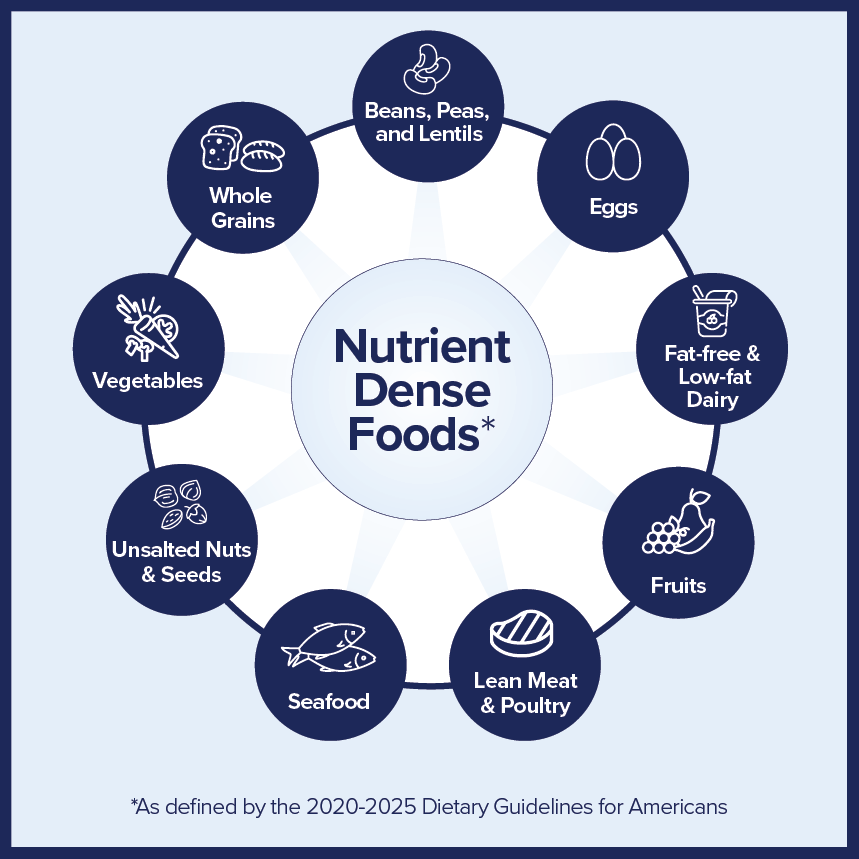
Iron
Iron is essential for motor and cognitive development. It also helps blood deliver oxygen to the body, and iron deficiency is the leading cause of anemia.6 Since children and adolescents are growing at such a profound rate, their blood volume is also increasing, and their muscles are growing. These two things require more iron in the diet. Iron-rich foods include lean meats, poultry, fish, beans, lentils, and iron-fortified products like cereals and breads.8
Breakfast
Nutrient needs for kids and teens are higher compared to any other time in life. However, 90% of children fall short of meeting dietary needs for one or more key nutrients9 and fail to get enough calories, protein, calcium, vitamin D, zinc, iron and other nutrients can slow growth. Nutrients that are missed at breakfast are unlikely to be made up later in the day, so a morning meal helps to get a head start on the nutrition needed to support physical growth and development.
Supplements
While it’s generally best to get essential nutrients from food first, there are times where dietary supplements or nutritional drinks may be recommended for children and adolescents to make sure they fill nutrient gaps in their diets. Consider whether dietary supplements or nutritional drinks may be right for your pediatric patients, from everyday picky eaters to children struggling with appetite or increased energy and nutrient needs.
Support Resources
You must be logged in to view all resources.
4 Evidence Found
8 Tools and Product Support Found
4 Patient Resources Found
1 Videos
References
- U.S. Department of Agriculture and U.S. Department of Health and Human Services. Dietary Guidelines for Americans, 2020-2025. 9th Edition. Retrieved from: https://www.dietaryguidelines.gov/
- Maternal and Child Nutrition: Executive Summary of the Lancet Maternal and Child Nutrition Series. The Lancet. 2015. Retrieved from: https://www.thelancet.com/pb/assets/raw/Lancet/stories/series/nutrition-eng.pdf
- Norris, SA, et al. Nutrition in adolescent growth and development. The Lancet. 2022;399(10320):172-184.
- Savarino, G., Corsello, A. & Corsello, G. Macronutrient balance and micronutrient amounts through growth and development. Ital J Pediatr 47, 109 (2021). https://doi.org/10.1186/s13052-021-01061-0
- Active Families: The Foundation for a Lifetime of Bone and Joint Health. The American Academy of Orthopedic Surgeons. Retrieved from: https://orthoinfo.aaos.org/en/staying-healthy/active-families-the-foundation-for-a-lifetime-of-bone-and-joint-health/
- Centers for Disease Control and Prevention. Micronutrient Facts. Retrieved from: https://www.cdc.gov/nutrition/micronutrient-malnutrition/micronutrients/index.html
- Centers for Disease Control and Prevention. Vitamin D. Retrieved from: https://ods.od.nih.gov/factsheets/VitaminD-Consumer/#h3
- Centers for Disease Control and Prevention. Iron. Retrieved from: https://ods.od.nih.gov/factsheets/Iron-Consumer/#h3
- Average percentage of individuals (ages 4–18) with usual dietary intake below the EAR (Estimated Average Requirement) or AI (Adequate Intake): Vitamin D 90%, Potassium 90%, Choline 90%, Vitamin E 85%, Vitamin K 70%, Calcium 50%. Scientific Report of the 2015 Dietary Guidelines Advisory Committee Appendix E-2.1











